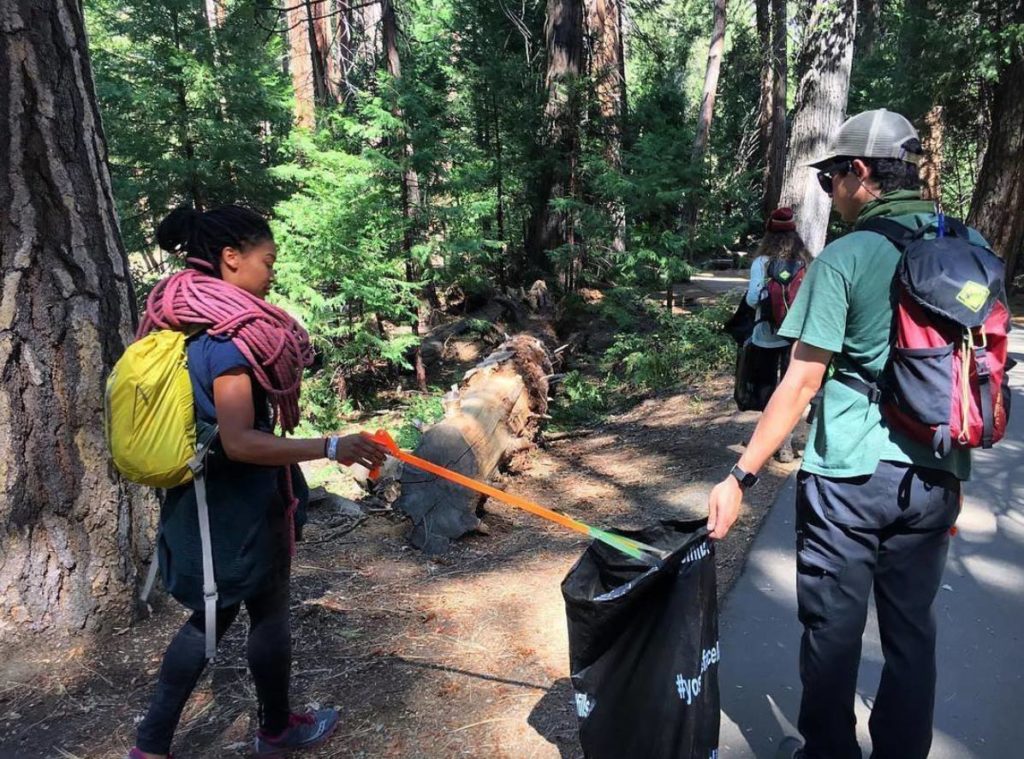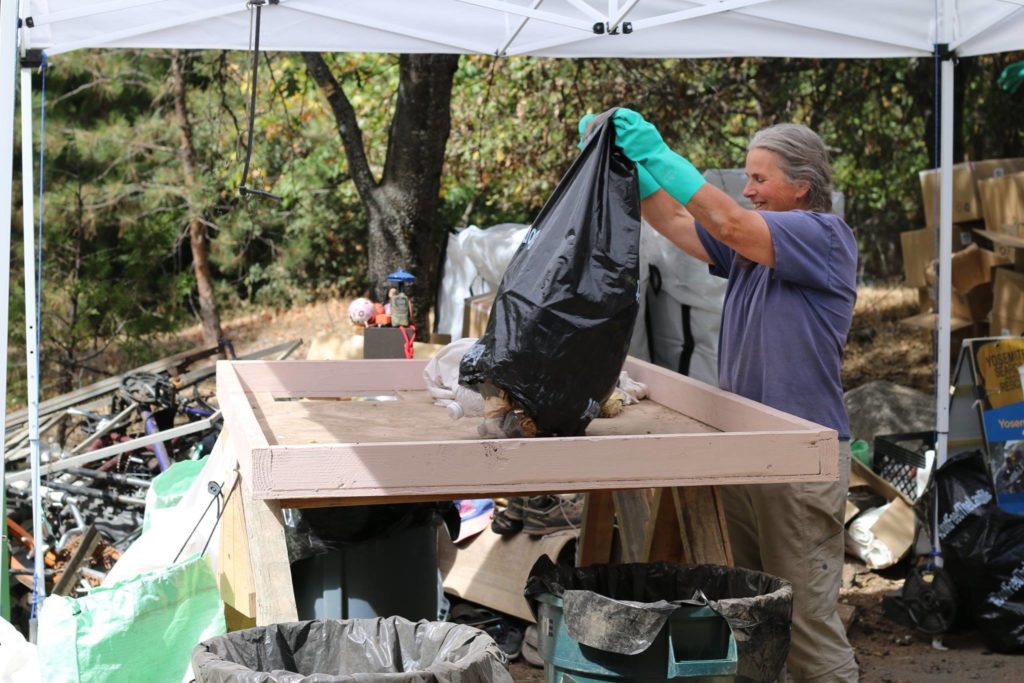The Great Global Cleanup
Yosemite cleanup ascends to new heights
September 18, 2019
Yosemite, California’s renowned national park, is getting a facelift.
Yosemite Climbing Association is putting on their annual cleanup, Yosemite Facelift, from September 24–29. In addition to organizing a park-wide cleanup, Facelift incorporates panels, concerts and raffles and provides camping for 500 people throughout the week.
“[Facelift] gives people a chance to invest in their part,” says Ken Yager, who founded Facelift and coordinates the Yosemite cleanup every year. “We always hear the national parks belong to the people but until you’re there taking care of it, it doesn’t really feel that way.”
Facelift takes place between National and World Cleanup Day on September 21 and National Public Lands Day on September 28. The cleanup started in 2004, after Yager, a long-time climber who worked as a climbing guide in Yosemite, was embarrassed about the state of the national park.

“Any time you got off the road there was toilet paper everywhere,” he says. “I finally thought I can turn this around and get some friends together — we will go out and clean it up.”
The first cleanup had about 120 volunteers. Today, Facelift averages about 600 people a day — not including participants of evening activities — and partners with dozens of companies, including Patagonia, North Face and Subaru. The National Park Service stated that in 2017, Facelift volunteers collected 6,790 pounds of trash and debris and put in more than 11,000 hours over the week. Most of that trash was cigarette butts, paper, aluminum cans and plastic water bottles, says Yager.
Facelift volunteers recycle what they can, sending metal to scrap yards and even partnering with recycling company Terracycle to place boxes around the cleanup site. Terracycle can recycle harder-to-recycle materials like Styrofoam.
In addition to coordinating a cleanup every year, Yager is now pushing for more awareness in our consumption and waste habits.
“If nothing else, people are thinking about [their footprint], and I found that maybe they will be a little bit better when they are out in the woods,” he says. “[Facelift] helps raise awareness, but we still need to do more.”

That means using less plastic, much of which ends up in landfills, and taking accountability for our waste when we enter national parks. Given the success of Facelift in Yosemite, Yager hopes to expand the program to other national parks, like Shenandoah, Rocky Mountain, Joshua Tree and the Grand Canyon.
Austin Downs, Earth Day Network’s global cleanup coordinator, thinks Facelift represents more than just a cleanup.
“Yosemite Facelift is a strong illustration of how a cleanup can be part of something larger,” says Downs. “Facelift hits upon lots of other cool environmental actions that can be traced back to trash removal.”
Saturday, September 21, is World Cleanup Day and National Cleanup Day. Learn more about Earth Day Network’s Great Global Cleanup™ and End Plastic Pollution campaigns, and this Saturday, join forces with other volunteers to cleanup parks, trails, beaches and mountains in your community.